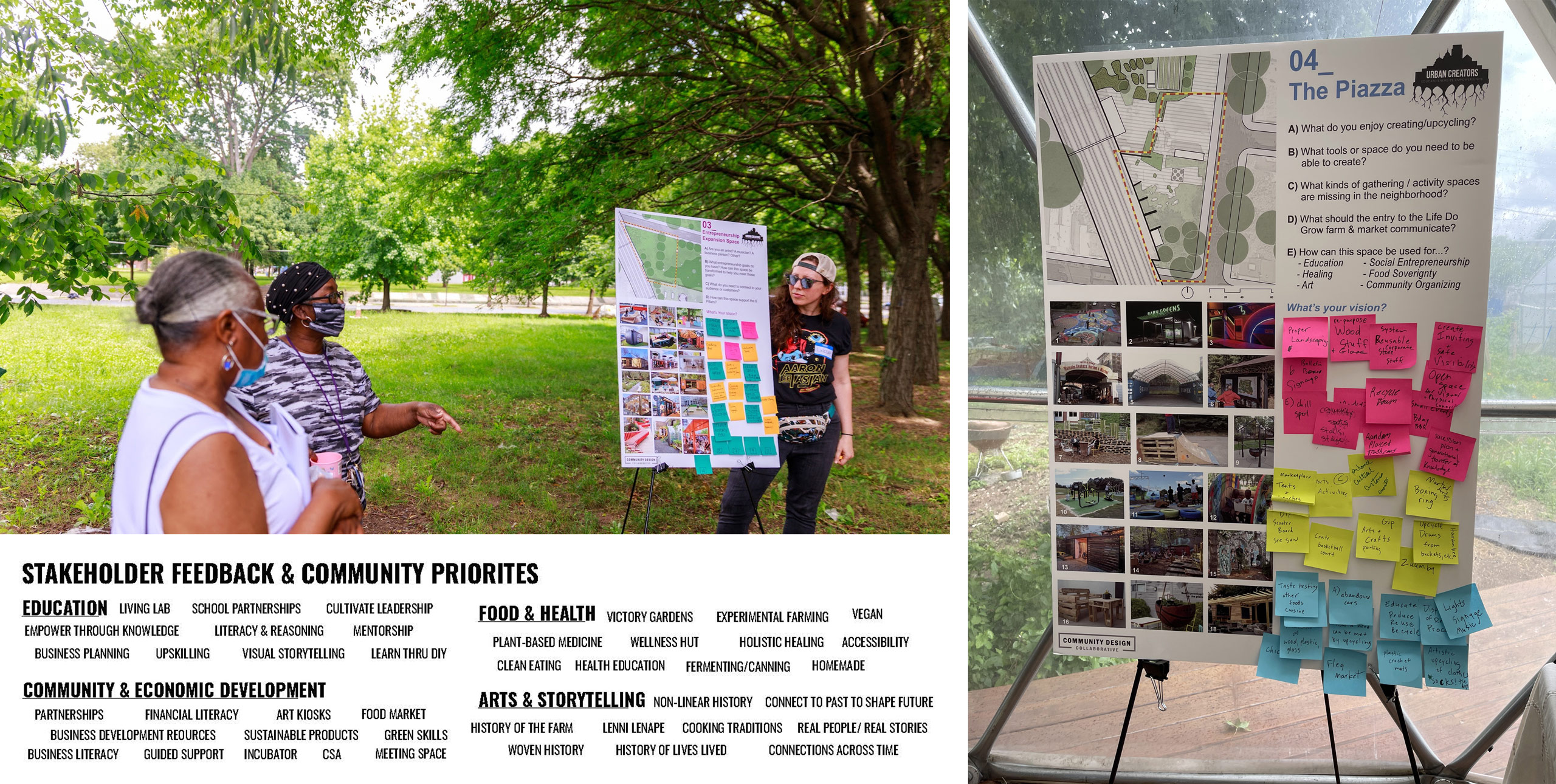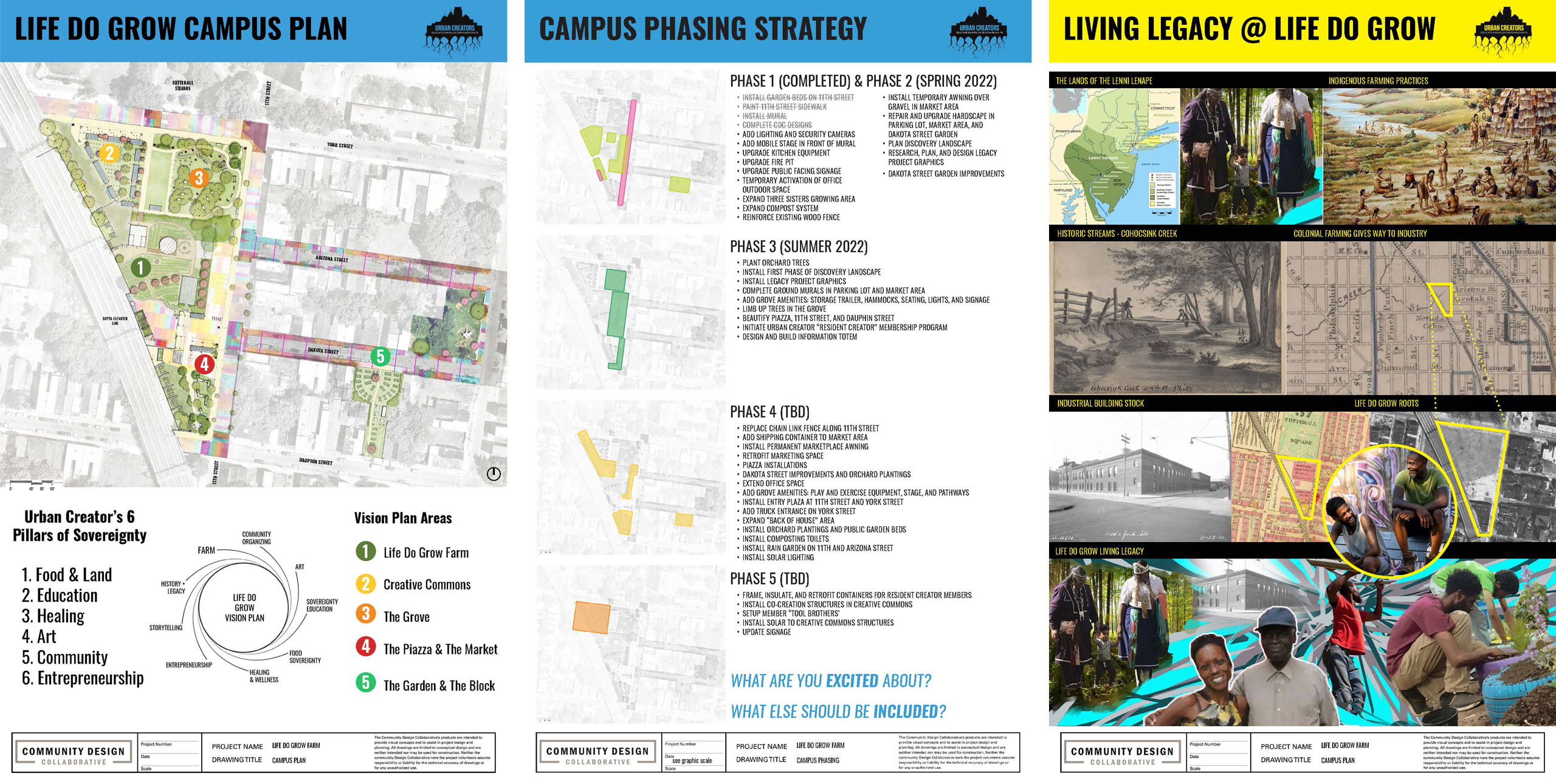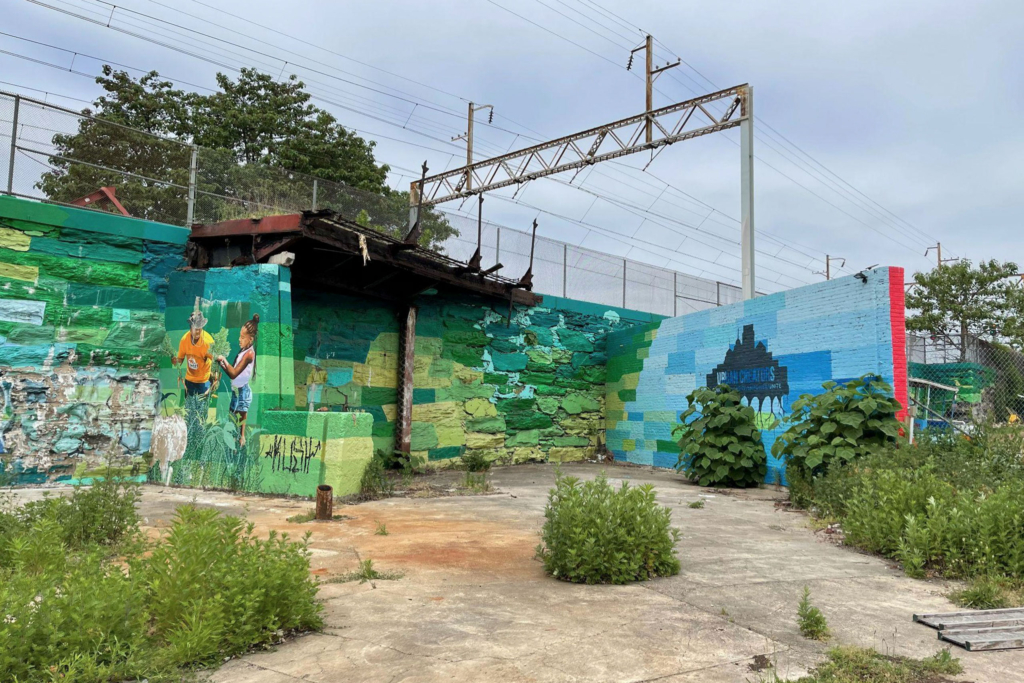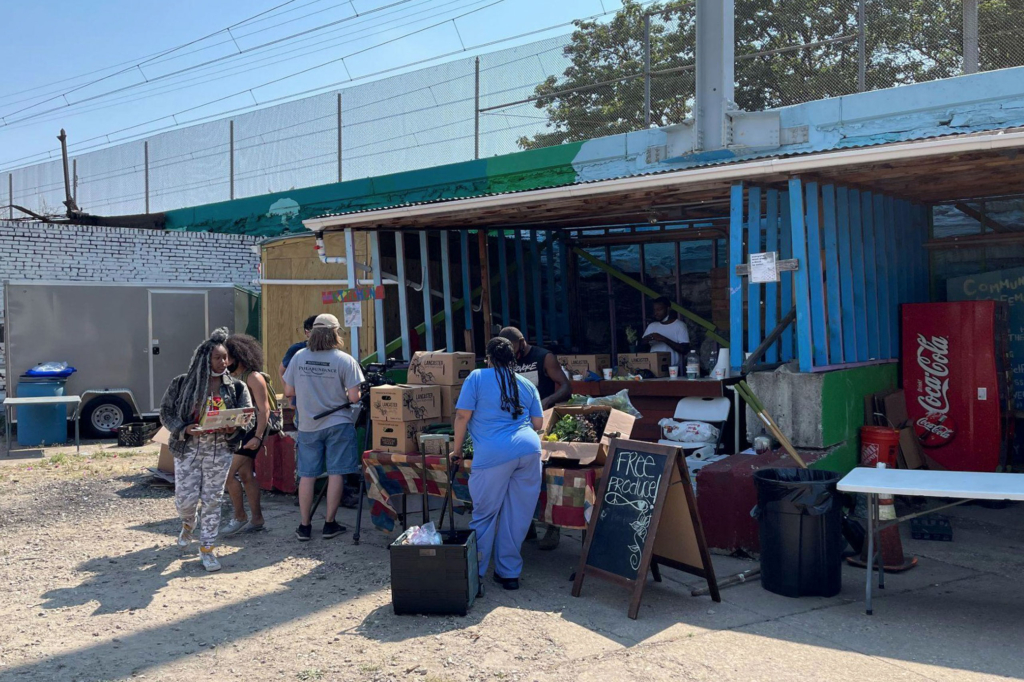Urban agriculture – “urban ag” for short – is part of how we save the world. Is this over-selling it? Perhaps. But consider the problems facing many communities in the United States: healthy food deserts, an abundance of disinvested and vacant land, food that’s dependent on carbon-intensive growing techniques and transportation to reach consumers, unbalanced and unhealthy ecosystems that contribute to climate change, and lack of economic agency. Urban ag provides potential solutions to each of these.
Like architecture, urban ag helps meet physical needs and enhance the well-being of individuals, ecosystems, and economies. It includes more than just raised bed gardens. When we talk about urban agriculture, we’re referring to the entire regional food distribution system from seeds to aggregation to processing to delivery. It’s becoming an even more relevant discussion as cities try to balance the need for green spaces that produce food with the need for buildings that house people and commercial and cultural activities.
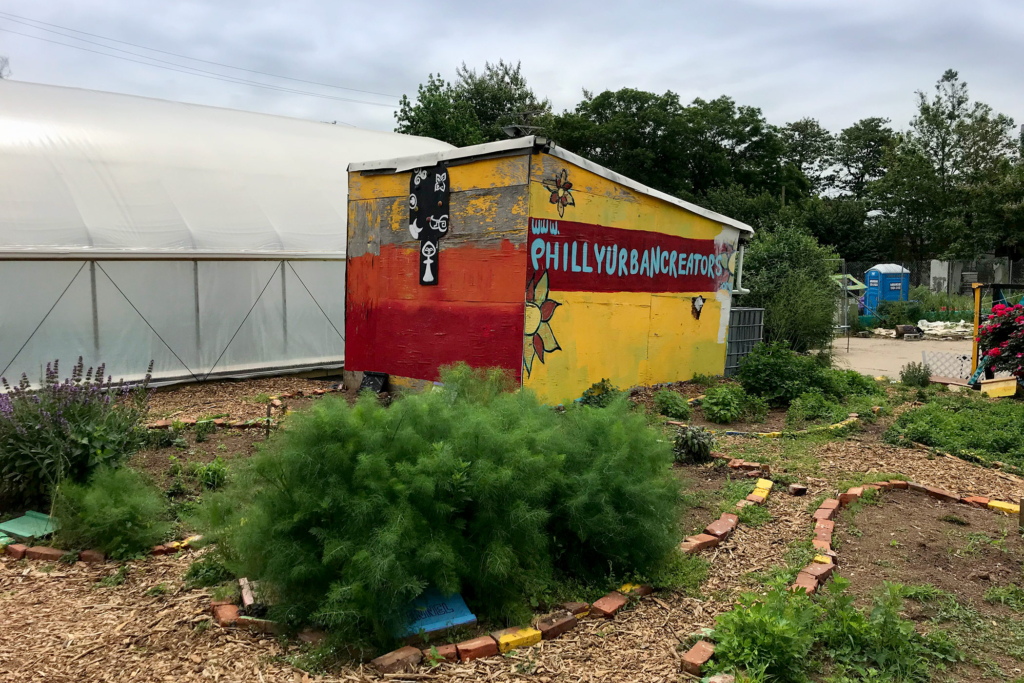
In 2021, Union served on a Community Design Collaborative team to help co-create a vision plan for an urban farm and creative commons in North Philadelphia. The result is the Life Do Grow farm’s Campus Plan and Legacy Project. It encompasses three acres of land in the Lenilenapehoking that has been the site of indigenous and colonial farms, industrial warehouses, and, until 10 years ago, was left vacant. In 2010, a group of neighbors, students, and artists – now known as the Urban Creators – decided to start growing food and providing youth activities and mentorship on this fallow land. Over the last 12 years, they have built a neighborhood collective grounded in radical imagination, food, art, healing, education, entrepreneurship, and community.
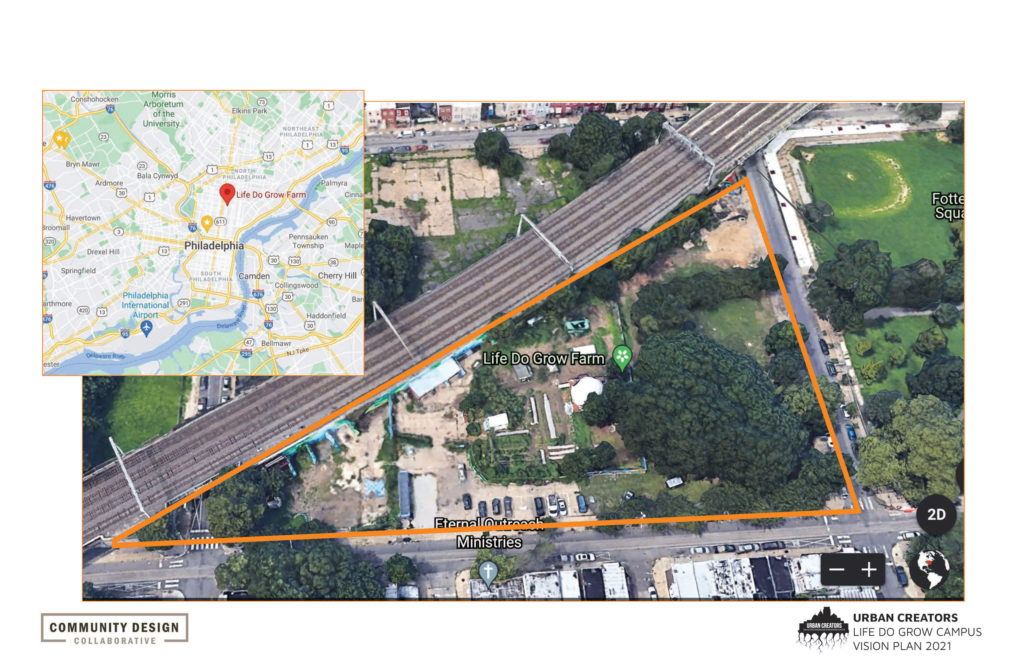
Through all their work, Urban Creators recognizes the importance of sovereignty and stewardship. As Urban Creator’s Director of Operations Elizabeth Okero explains:
Having food sovereignty means … having control over the production of your food, or at least control over how it is produced and delivered to you. This is something that many wealthier people may take for granted, but in North Philadelphia, it is far from common.
Sovereignty allows wealth to stay within the community. Importantly, this includes both financial wealth and the wealth of stories and knowledge held by neighbors. Especially as external factors like displacement and gentrification threaten the neighborhood’s social fabric, providing a venue for support and sharing is vital. Urban Creators incorporates such support into their work of growing, neighborhood beautification, and event planning. Their ethos is founded in an idea of stewardship that looks at urban environments as the “commons”—and demands collective management and responsibility from, and to, those who tend it.

